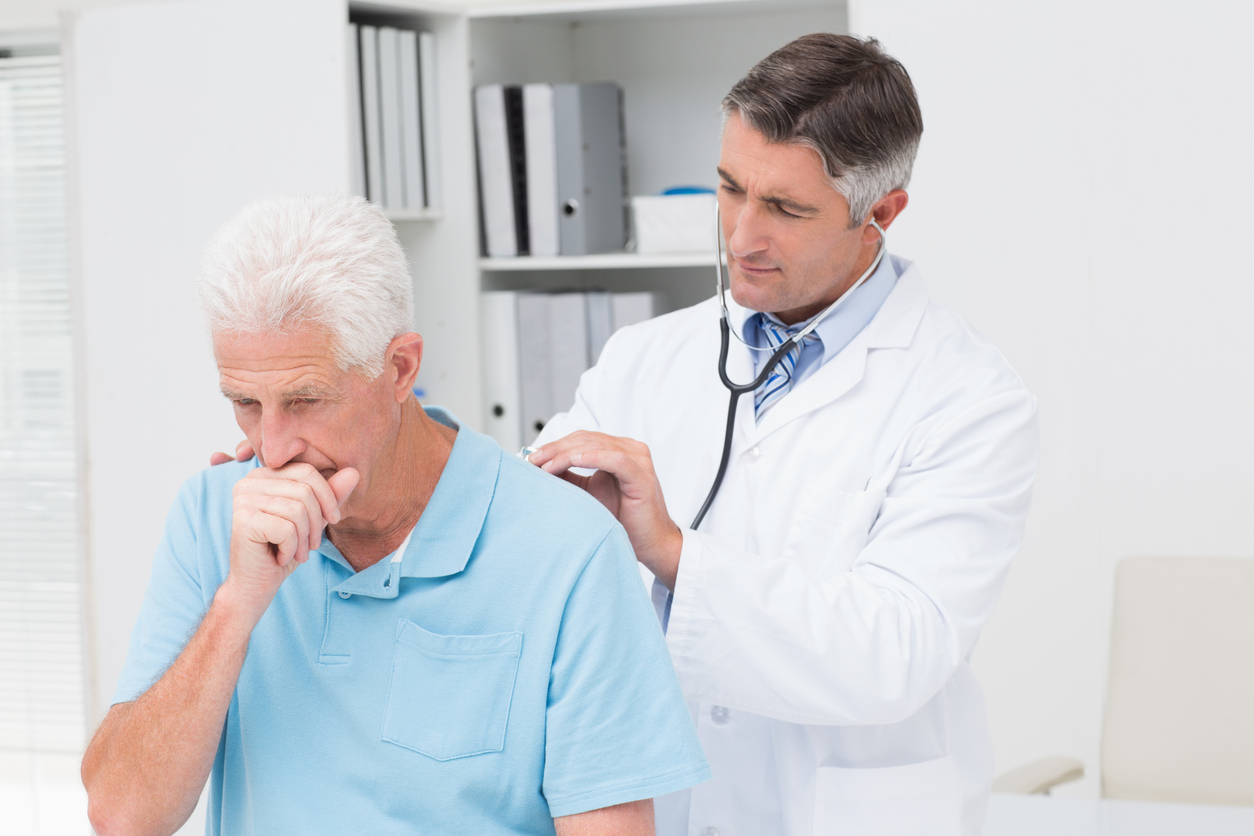
It’s cough and sneeze season. Viruses spread more in winter as people spend more time indoors together.
How can you tell if it’s a cold, flu, or something more serious?
Common Cold
Symptoms: Runny nose, scratchy throat, low-grade fever, fatigue, chills & aches, sneezing, coughing.
Treatment: Rest and liquids; decongestants, cough drops, antihistamines for symptoms.
Duration: A few days to several weeks.
See a provider: If symptoms last longer than a few days, get worse, or if new symptoms develop.
Influenza
Symptoms: Fatigue, fever, headache, body aches, sneezing, coughing, sore throat.
Treatment: Rest, fluids, medicines to relieve symptoms. Antiviral medication may be prescribed in severe cases or for people at risk of serious illness.
Duration: 3-5 days for most symptoms; cough and fatigue may linger as long as 2 weeks.
See a provider: If symptoms get worse after one week, especially a cough. See a provider right away if you have if you are over 65, are pregnant, or have health conditions that put you at risk of complications.
COVID
Symptoms: sore throat, congestion, cough, fever, chills, shortness of breath, body aches; maybe nausea, diarrhea, vomiting.
Treatment: Rest, fluids, fever-reducing medicine. Paxlovid may be prescribed for people at risk of serious illness.
Duration: 1-2 weeks; longer for severe infections. Some symptoms can last weeks or months: lingering cough, recurrent fever, fatigue, memory issues, changes in smell or taste.
See a provider: Right away if you’re at risk of serious illness: Paxlovid is most effective if taken in the first five days that symptoms begin. Otherwise, seek care for trouble breathing, chest pain or pressure, onset of confusion, excessive sleepiness, bluish lips or face.
RSV
Respiratory Syncytial Virus (RSV) can cause inflammation of the respiratory tract and lungs. It’s especially serious for infants, when congestion and breathing problems lead to sleep and feeding issues. It’s also serious for older adults, people with heart and/or lung problems, and people with weakened immune systems.
Symptoms: Difficulty breathing, runny nose, coughing, sneezing, wheezing, decreased appetite, low fever.
Treatment: Rest, fluids, acetaminophen for fever.
Duration: 1-2 weeks.
See a provider: For high fever, bad cough, wheezing, labored breathing, decreased appetite. For infants, see a doctor is baby is breathing fast (more than 1 breath per second), has labored breathing, isn’t getting better after 5 days. Go to the Emergency Department for a baby under 2 months with difficult breathing or fever, or a child under 2 years old with trouble breathing at night.
Whooping cough (pertussis)
It’s on the rise this winter, especially among school-age kids. It’s a serious and very contagious bacterial infection that mostly affects infants and young children.
Symptoms: Starts like a cold, advance to coughing spells with “whoop” sound when gulping for air. Fever, sneezing, runny nose, watery eyes.
Treatment: Early treatment with antibiotics can reduce severity and make it less contagious.
Duration: Up to 10 weeks; can lead to pneumonia.
See a provider: If you suspect whooping cough, or have any symptoms after a known exposure. Infants and children who have not been fully immunized should see a provider for any symptom or if they’ve been exposed.
See “Whooping Cough on the Rise” for more details.
Pneumonia
Viruses are responsible for about one-third of pneumonia cases. Severity ranges from mild to life-threatening. Those at greatest risk are people weakened by surgery, illness, age, or smoking.
Symptoms: confusion, fever, mucus cough, heavy sweating, shaking chills, lack of appetite, rapid breathing, shortness of breath that gets worse with activity, chest pain that worsens with coughing or deep breathing.
Treatment: Medicines for fever and cough. Antibiotics for bacterial pneumonia. For viral pneumonia, rest, fluids.
Duration: 1-3 weeks.
See a provider: If cough gets worse, fever over 102, shaking chills, breathing makes your chest hurt.
Sources: National Foundation for Infectious Diseases; Johns Hopkins Medicine
